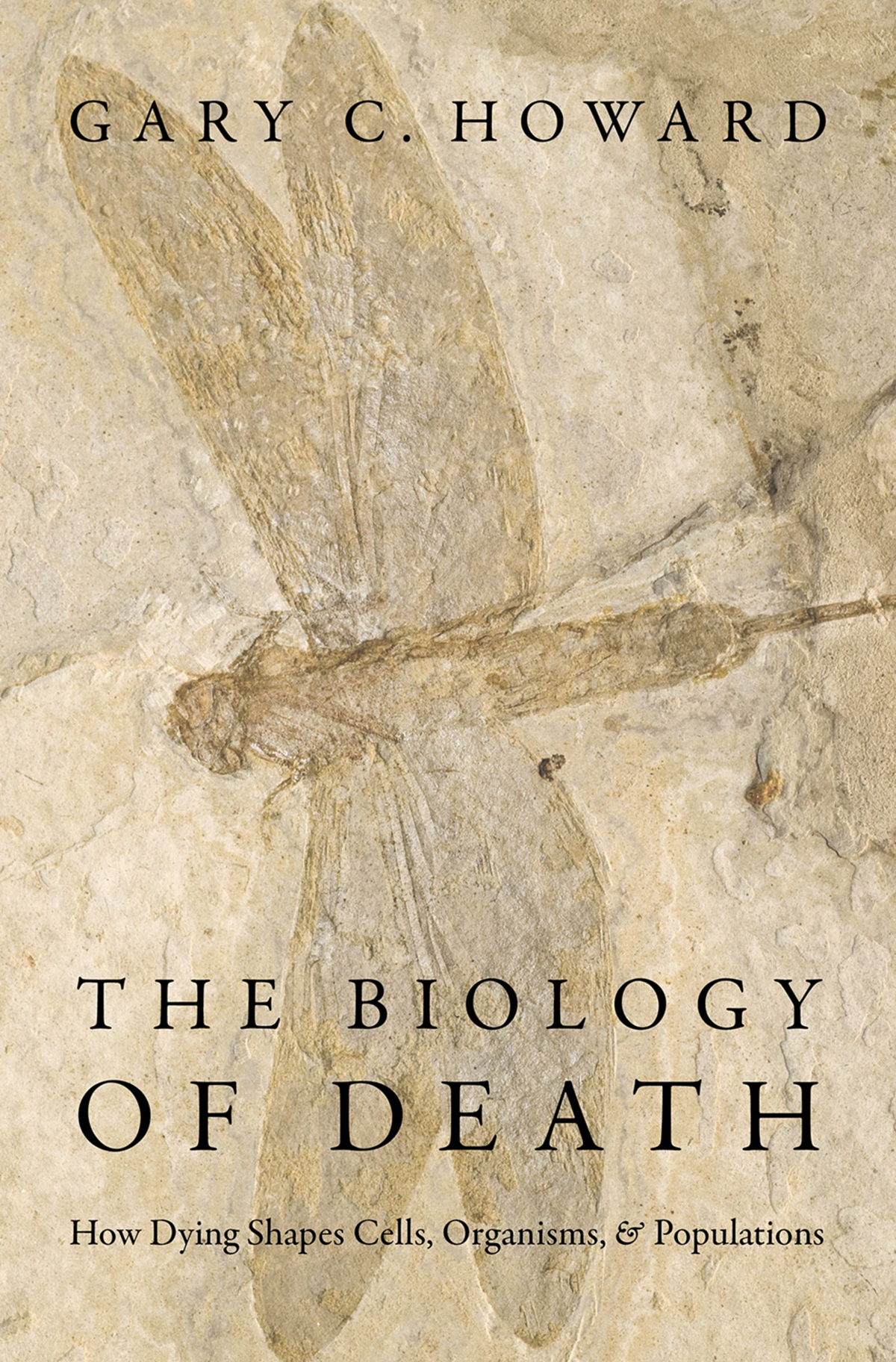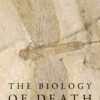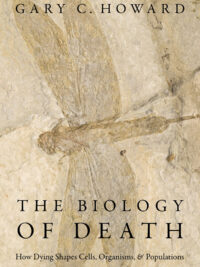How Dying Shapes Cells, Organisms, and Populations
- Raises fascinating question about the definition of death and the ethics of extending life
- The first book dedicated to explaining how death is deeply involved with life on every level, from cells and tissues to populations and ecosystems
- Explains the loss of life in a broad range of contexts, from bacteria and fungi to humans and animals
How does death help us understand the living?
Death is more than the last event of life; it is interwoven into our growth, development, protection against disease, and more. It influences the direction of entire species via the cycle of a lifespan, and it involves asking many fascinating questions. How do we differentiate between life and death, though? How do we know when a person, animal, or cell is really dead? How much grey area is there in the science? Why do we age? Can we do anything about it?
Scientifically, there’s much we can learn about a living thing from its cells. In all living things, cells seem to carry “death” gene programs. Some living organisms have created systems to use these to their own advantage. Humans, for example, use the death of specific cells to hone our immune system and to give us fingernails and hair. Perhaps the most dramatic use occurs during the metamorphosis of insects and frogs. Even single-celled organisms use “quorum sensing” to eliminate some cells to ensure the overall survival of their colony in harsh environments. Thus, there is more to death than just dying.
This latest book from science writer Gary C. Howard ties together the many ways that death helps us understand life. He synthesizes the involvement and relation of cells, tissues, organisms, and populations, explaining what happens at the end of life. Between discussions about popular topics such as the ethics of extending life and cell regeneration, Howard also answers fascinating questions about life and death. The resulting book examines how the end of life is determined and what we can learn from this process.
Chapter 1: Death in Life
Chapter 2: Defining Life and Death
Chapter 3: What Kills Humans
Chapter 4: Aging and Senescence
Chapter 5: Dying
Chapter 6: Ashes to Ashes and Dust to Dust
Chapter 7: Genetics of Life and Death
Chapter 8: Death of Cells
Chapter 9: Programmed Cell Death in Humans
Chapter 10: Death in Plants
Chapter 11: Death in Bacteria, Fungi, and Protista
Chapter 12: Death on a Grand Scale
Chapter 13: Last Hominid Standing
Chapter 14: Bioethics
Chapter 15: Future of Death
Chapter 16: Death Is More than Dying
You will get an Instant Download Link straight after purchase..



